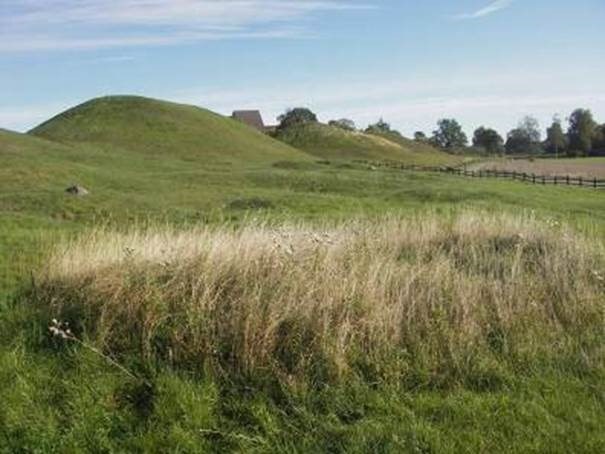The historical ecology of Old Uppsala and its value as a heritage place

The third seminar in 10 April is held by two researcheres in archeology from Uppsala University, Anneli Ekblom and John Ljunqvist, and they will talk about the historical ecology of Old Uppsala.
Cultural heritage places in Sweden are surrounded by strong legal protection and national heritage sites as Old Uppsala are also strongly protected in urban planning. The paper summarises experience from the project Framtidens naturvärden i kulturmiljöer - fallstudie Gamla Uppsala that will be published in 2018 (by John Ljungkvist, Anneli Ekblom, Cecilia Rodéhn, Karin Hallgren). We summarise the new findings from research and contract archaeology excavations and new understanding of the historical ecology and the tremendous degree of landscaping that has been going on in Old Uppsala over time. Intended from the start as a very tangible heritage and as a means for communicating power, its place history reveals many layers of political and social re-negotiations, not the least evident when it was proclaimed a national heritage in the 1920s. The history of intensive grazing and meadowing, should be seen as key in understanding the Old Uppsala landscape and its unique and rare remnant dry grazing dependent meadows-heathlands. Over the 20th century there has been a single focus of Old Uppsala as a cultural heritage side both when it comes to its presentation and landscape management. By the 1920s there was increasing pressure from academia and interest organisations to proclaim Old Uppsala as a National heritage and local farmers were exluded when the site was declared as national interest. The continuation of grazing and meadow practices has been sporadic, and management plans of the area have not specified specific forms of management. Although relatively small efforts may be involved, and local heritage organisations are keen to engage in landscape management, biodiversity goals are still underprioritised in relation to cultural heritage targets. By using the concept of biocultural heritage we have attempted to show how landscape management and biodiversity goals can be included in the presentation of the site itself and also be made more visible. Guides have expressed a lack of knowledge of landscape changes, the project has provided accessible texts on landscape transformations, as summarised here, as also examples of guided tours that can include biodiversity and landscape management. The next step is also to more actively shaped landscape management on the site based on both historical ecological knowledge, and re-innovation of practices. Possibly, one re-create the wetland environment for the benefit of species that are now increasingly being threatened elsewhere through urban expansion.
 Anneli Ekbloms main research interest the last years has been centred on socio-environmental dynamics; an interdisciplinary study residing in the intersection between Environmental History, Historical Ecology and Archaeology. She is also interested in the intersection of society, policy and environment in present day debates and practices of sustainability. Another important strand of her research and educational philosophy is student active learning and co-creation of knowledge.
Anneli Ekbloms main research interest the last years has been centred on socio-environmental dynamics; an interdisciplinary study residing in the intersection between Environmental History, Historical Ecology and Archaeology. She is also interested in the intersection of society, policy and environment in present day debates and practices of sustainability. Another important strand of her research and educational philosophy is student active learning and co-creation of knowledge.
 John Ljungqvists interests in archeology have spanned from submerged Mesolithic settlements to Viking Age trade.
John Ljungqvists interests in archeology have spanned from submerged Mesolithic settlements to Viking Age trade.
Time: 13-14.30: seminar, 14.30-15.00: coffee, 15-16: Further discussion
Location: Room Skara, SLU Campus Ultuna (map and how to get here)
The seminar will be held in English. No registration.